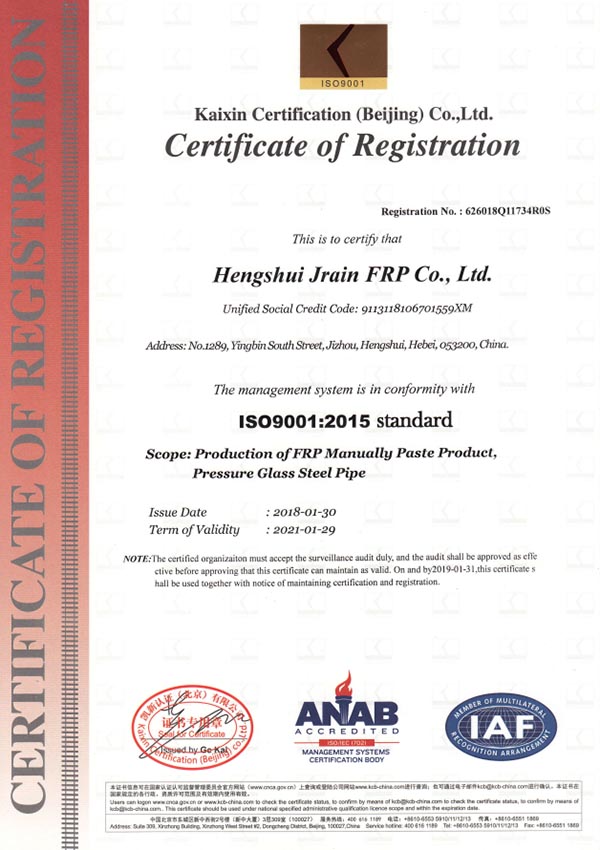
-
 Afrikaans
Afrikaans -
 Albanian
Albanian -
 Amharic
Amharic -
 Arabic
Arabic -
 Armenian
Armenian -
 Azerbaijani
Azerbaijani -
 Basque
Basque -
 Belarusian
Belarusian -
 Bengali
Bengali -
 Bosnian
Bosnian -
 Bulgarian
Bulgarian -
 Catalan
Catalan -
 Cebuano
Cebuano -
 China
China -
 China (Taiwan)
China (Taiwan) -
 Corsican
Corsican -
 Croatian
Croatian -
 Czech
Czech -
 Danish
Danish -
 Dutch
Dutch -
 English
English -
 Esperanto
Esperanto -
 Estonian
Estonian -
 Finnish
Finnish -
 French
French -
 Frisian
Frisian -
 Galician
Galician -
 Georgian
Georgian -
 German
German -
 Greek
Greek -
 Gujarati
Gujarati -
 Haitian Creole
Haitian Creole -
 hausa
hausa -
 hawaiian
hawaiian -
 Hebrew
Hebrew -
 Hindi
Hindi -
 Miao
Miao -
 Hungarian
Hungarian -
 Icelandic
Icelandic -
 igbo
igbo -
 Indonesian
Indonesian -
 irish
irish -
 Italian
Italian -
 Japanese
Japanese -
 Javanese
Javanese -
 Kannada
Kannada -
 kazakh
kazakh -
 Khmer
Khmer -
 Rwandese
Rwandese -
 Korean
Korean -
 Kurdish
Kurdish -
 Kyrgyz
Kyrgyz -
 Lao
Lao -
 Latin
Latin -
 Latvian
Latvian -
 Lithuanian
Lithuanian -
 Luxembourgish
Luxembourgish -
 Macedonian
Macedonian -
 Malgashi
Malgashi -
 Malay
Malay -
 Malayalam
Malayalam -
 Maltese
Maltese -
 Maori
Maori -
 Marathi
Marathi -
 Mongolian
Mongolian -
 Myanmar
Myanmar -
 Nepali
Nepali -
 Norwegian
Norwegian -
 Norwegian
Norwegian -
 Occitan
Occitan -
 Pashto
Pashto -
 Persian
Persian -
 Polish
Polish -
 Portuguese
Portuguese -
 Punjabi
Punjabi -
 Romanian
Romanian -
 Russian
Russian -
 Samoan
Samoan -
 Scottish Gaelic
Scottish Gaelic -
 Serbian
Serbian -
 Sesotho
Sesotho -
 Shona
Shona -
 Sindhi
Sindhi -
 Sinhala
Sinhala -
 Slovak
Slovak -
 Slovenian
Slovenian -
 Somali
Somali -
 Spanish
Spanish -
 Sundanese
Sundanese -
 Swahili
Swahili -
 Swedish
Swedish -
 Tagalog
Tagalog -
 Tajik
Tajik -
 Tamil
Tamil -
 Tatar
Tatar -
 Telugu
Telugu -
 Thai
Thai -
 Turkish
Turkish -
 Turkmen
Turkmen -
 Ukrainian
Ukrainian -
 Urdu
Urdu -
 Uighur
Uighur -
 Uzbek
Uzbek -
 Vietnamese
Vietnamese -
 Welsh
Welsh -
 Bantu
Bantu -
 Yiddish
Yiddish -
 Yoruba
Yoruba -
 Zulu
Zulu
frp pipes and fittings for ship building
The Role of FRP Pipes and Fittings in Shipbuilding
In the maritime industry, the choice of materials used in ship construction is crucial for ensuring durability, efficiency, and resistance to harsh marine environments. One of the most innovative materials making waves in the field is Fiber Reinforced Plastic (FRP). FRP pipes and fittings have emerged as a game-changer in shipbuilding, offering numerous advantages over conventional materials such as steel and PVC. This article will explore the significant benefits and applications of FRP pipes and fittings in shipbuilding.
Understanding FRP
Fiber Reinforced Plastic is a composite material made from a polymer matrix reinforced with fibers. The fibers, often made from glass, carbon, or aramid, provide enhanced strength and stiffness, while the polymer base offers corrosion resistance and lightweight properties. When it comes to shipbuilding, these characteristics position FRP as a superior alternative to traditional materials.
Key Advantages of FRP in Shipbuilding
1. Corrosion Resistance Ships are constantly exposed to saltwater, which can lead to rapid corrosion of metal pipes and fittings. FRP materials are inherently corrosion-resistant, making them ideal for marine applications. This property not only extends the lifespan of the equipment but also reduces maintenance costs significantly.
2. Lightweight The lightweight nature of FRP materials decreases the overall weight of the vessel. This reduction contributes to improved fuel efficiency and increased payload capacity. For shipbuilders, every kilogram saved translates to enhanced performance and operational cost savings.
3. Flexibility in Design FRP can be fabricated into complex shapes and sizes, allowing for greater design flexibility in shipbuilding. Custom fittings and pipes can be manufactured to meet specific requirements, ensuring optimal functionality and efficiency of the systems onboard.
frp pipes and fittings for ship building

4. Thermal and Electrical Insulation FRP materials provide excellent thermal and electrical insulation properties. This feature is especially beneficial in preventing condensation in areas such as engine rooms, where temperature fluctuations can lead to operational challenges.
5. Low Maintenance Given their resistance to corrosion and wear, FRP pipes and fittings require minimal maintenance over their operational life. This low-maintenance characteristic makes them a cost-effective solution for shipbuilders, allowing for reduced downtime and improved reliability.
Applications of FRP Pipes and Fittings
In shipbuilding, FRP pipes and fittings have numerous applications, including but not limited to
- Cooling Water Systems FRP pipes are commonly used in cooling systems due to their ability to withstand the corrosive properties of seawater. - Ballast Systems Given their lightweight and durable nature, FRP fittings are ideal for ballast systems, assisting in stability and weight distribution. - Ventilation Systems The flexibility of FRP allows for custom ducting solutions in ventilation, ensuring efficient airflow in various compartments of the ship. - Waste Management Systems FRP can be employed in waste handling and treatment systems, furthering its potential to combat corrosion and ensure hygiene onboard.
Conclusion
As the maritime industry continues to evolve, the materials used in shipbuilding must also adapt to meet new challenges. FRP pipes and fittings are revolutionizing the way ships are constructed and operated. Their unique properties deliver significant advantages in terms of durability, weight savings, and maintenance, making them a preferred choice for shipbuilders worldwide. As technology advances and the demand for lighter, stronger materials grows, the reliance on FRP in shipbuilding is likely to increase, paving the way for more innovative designs and enhanced maritime solutions.
Latest news
-
Exploring the Benefits of Top Hammer Drifter Rods for Enhanced Drilling PerformanceNewsJun.10,2025
-
High-Precision Fiberglass Winding Machine for GRP/FRP Pipe Production – Reliable & Efficient SolutionsNewsJun.10,2025
-
FRP Pipes & Fittings for Shipbuilding - Corrosion-Resistant & LightweightNewsJun.09,2025
-
Premium FRP Flooring Solutions Durable & Slip-ResistantNewsJun.09,2025
-
Premium Fiberglass Rectangular Tanks Durable & Lightweight SolutionNewsJun.09,2025
-
Tapered Drill String Design Guide Durable Performance & UsesNewsJun.09,2025









